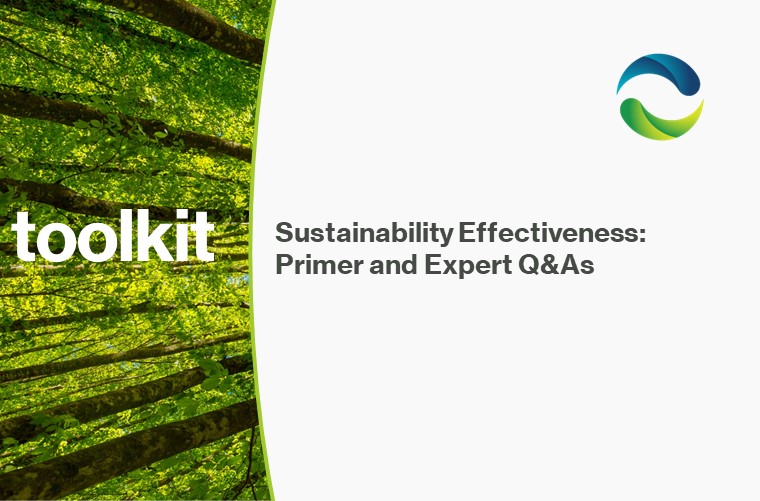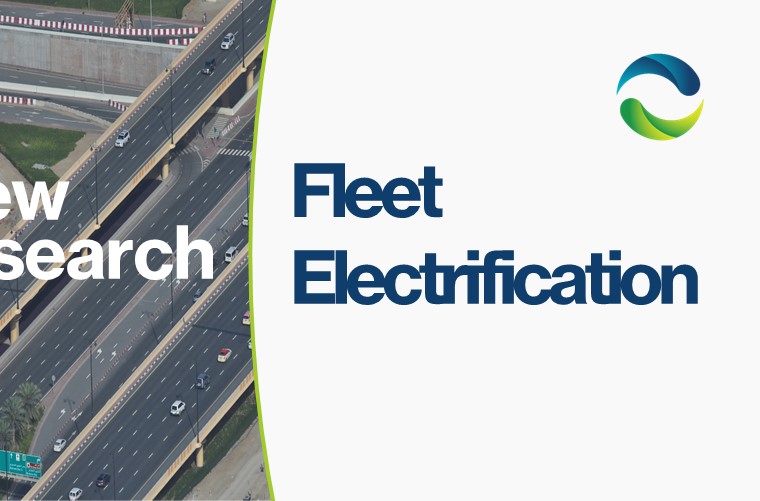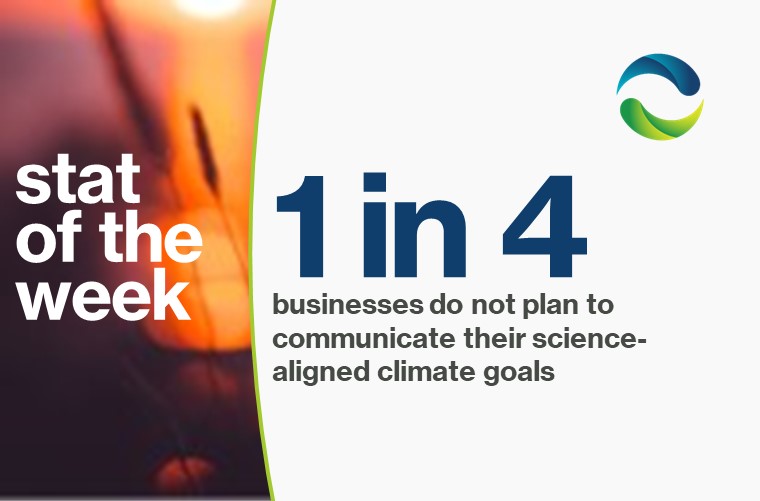At the end of last year, the United States Postal Service announced a commitment to purchase 66,000 new electric vehicles, utilizing $3 billion of Congressional funding for a major overhaul of the aging fleet and organization. Lauded as a big win for the Biden administration and electric vehicle proponents, the plan will support USPS’s greatly anticipated decarbonization strategy, which will bring reliability improvements, fuel efficiency gains, and overall modernization.
A closer look beyond the big headlines sheds some interesting insights into the USPS plan and fleet electrification/decarbonization writ large. The USPS will be procuring about 106,000 vehicles total between 2023 and 2028. Of these, 60,000 will be “Next Generation Delivery Vehicles” (NGDVs) from defense contractor Oshkosh. At least 45,000 of these NGDVs (75% of all vehicles purchased from Oshkosh) will be battery-electric vehicles. Another 21,000 of the 100,000 are expected to be commercially available battery-electric vehicles. This leaves the rest as new internal combustion engine (ICE) vehicles that will be purchased before 2026. With the USPS fleet accounts for a third of the U.S. federal government’s fleet, and this plan represents a massive investment in both new and electric vehicles for the government as a whole.
Let’s break this down a bit more. The USPS will be purchasing and adding about 15,000 new Oshkosh ICE vehicles and 25,000 new commercial ICE vehicles into the fleet. While some will see this purchase of 40,000 gas-powered vehicles as a climate action loss, we do need to consider what these vehicles will be replacing. Much of the USPS fleet today is comprised of 30-year-old trucks that lack air-conditioning, air bags, and other modern safety features. They get about 8 miles per gallon. The replacement of their existing vehicles with these new ICE models, albeit extending the USPS’s use of fossil fuels, will bring much greater fuel efficiency, operational compatibility, and safety for drivers.
This demonstrates an important lesson about fleet decarbonization and modernization; while the electric vehicle space is developing, these vehicles will be at a cost-premium and a range disadvantage compared to ICE vehicles. Not all vehicles in a given corporate fleet will be eligible for replacement with an electric option. However, procurement of a mix of efficient ICE and EVs still yields a net reduction in carbon emissions and an increase in efficiency for the fleet. Business leaders interested in procuring EVs must not let a lack of complete range or cost parity dissuade them from considering and evaluating EV options.
In addition to supporting the purchase of these vehicles over the next several years, some of the $9.6 billion being spent will go toward post network modernization, involving further logistical improvements, reduction of inefficient driving and transportation practices, and further efficiency gains. As with many corporate fleet decarbonization programs, there is more to the strategy than the purchase of electric vehicles. Corporate fleet managers and sustainability teams have found significant emissions reductions through idle time programs and “eco-driving” campaigns that also improve reliability. The USPS fleet, though large, is no different. It is critical to remember that fleets operate within a larger business context, and solutions to fleet emissions will interface with other aspects of the business. These fleet decarbonization efforts will include more than just clean vehicle procurement and will generate positive externalities.
Look out for our upcoming research, Electrifying Corporate Fleets: Best Practices from First Movers, for more insights into how business leaders interested in electric vehicles can learn about and strategize how to approach electric vehicle options effectively and efficiently.




